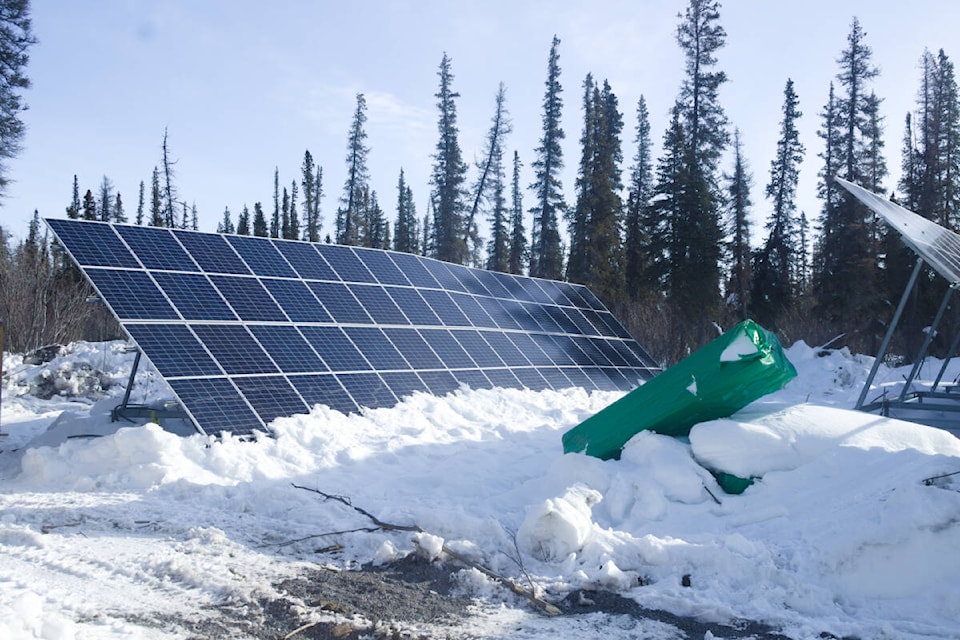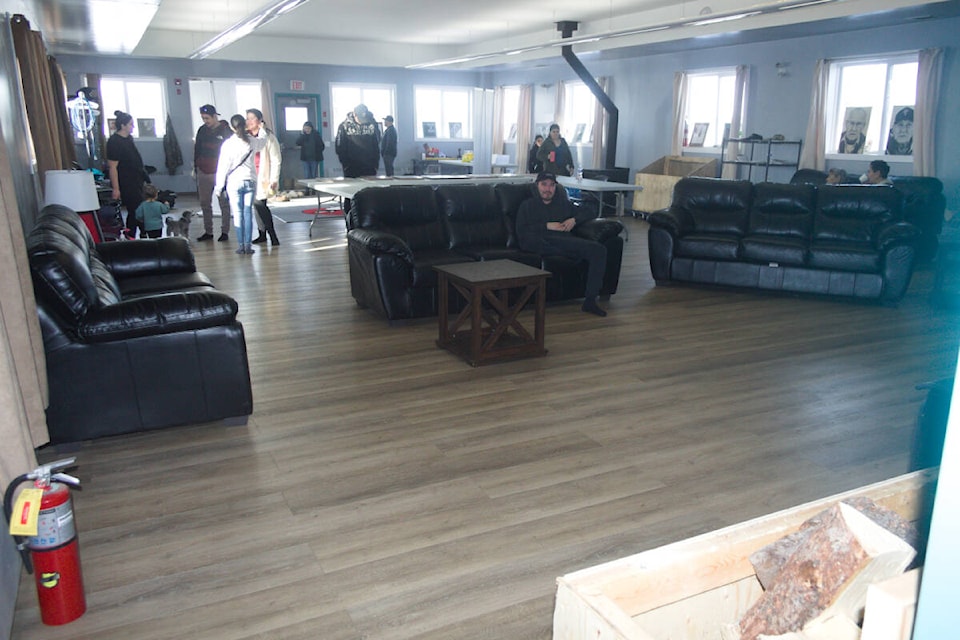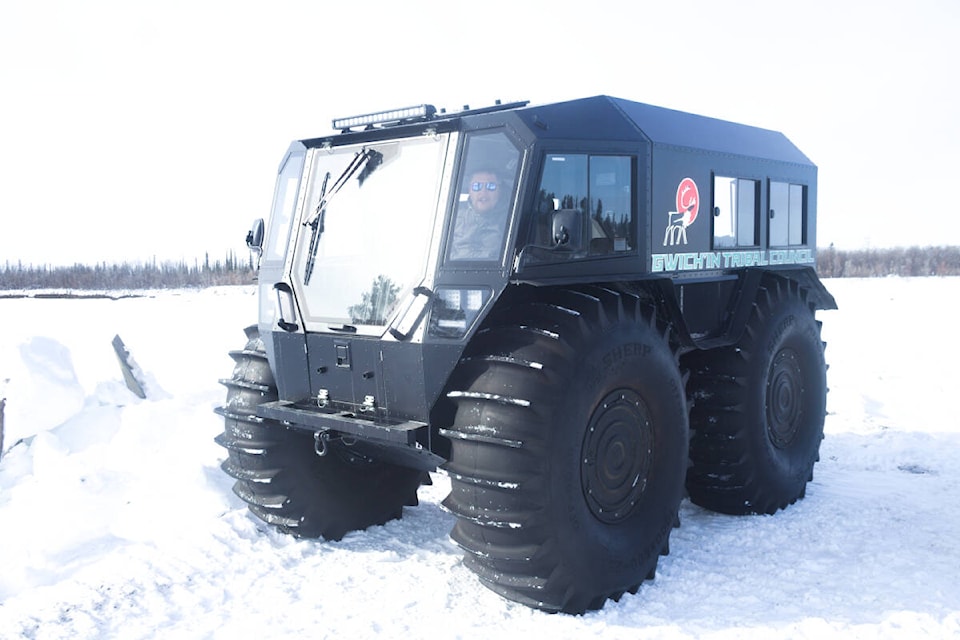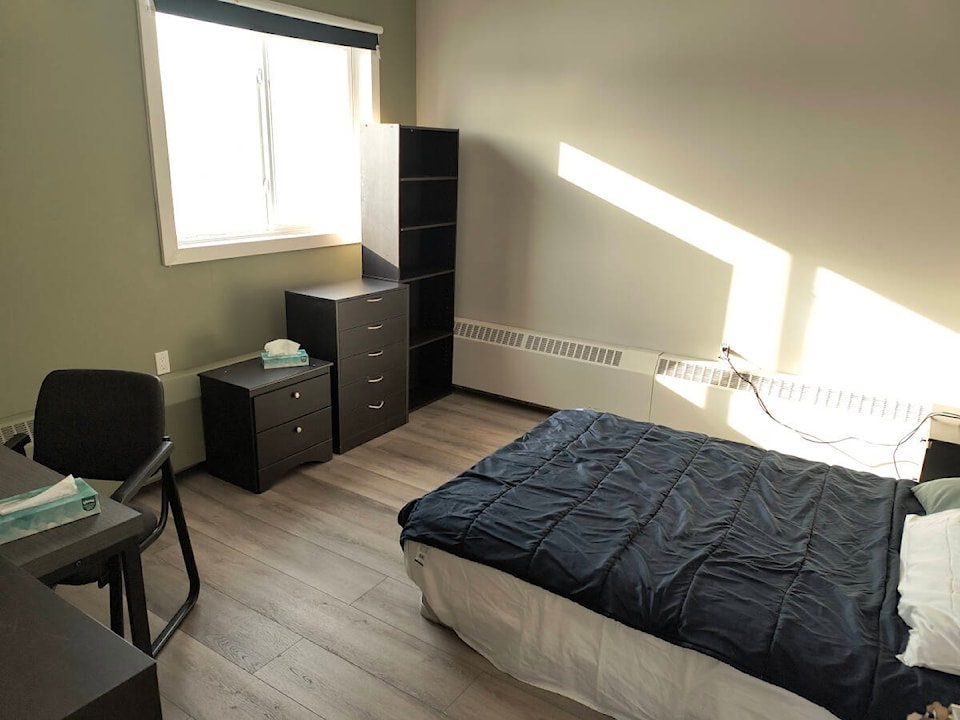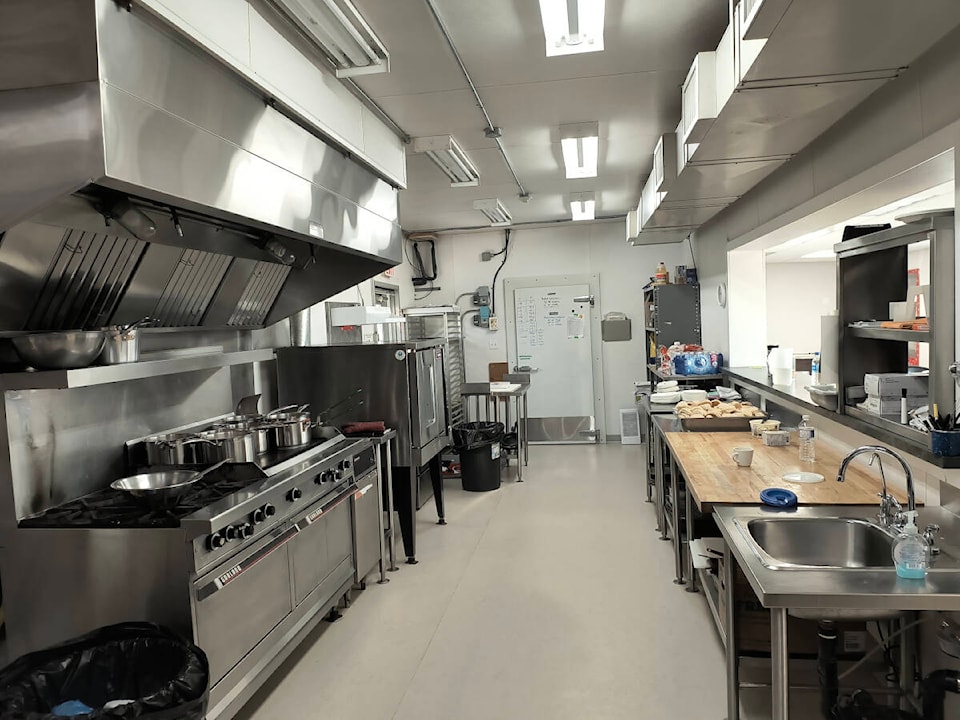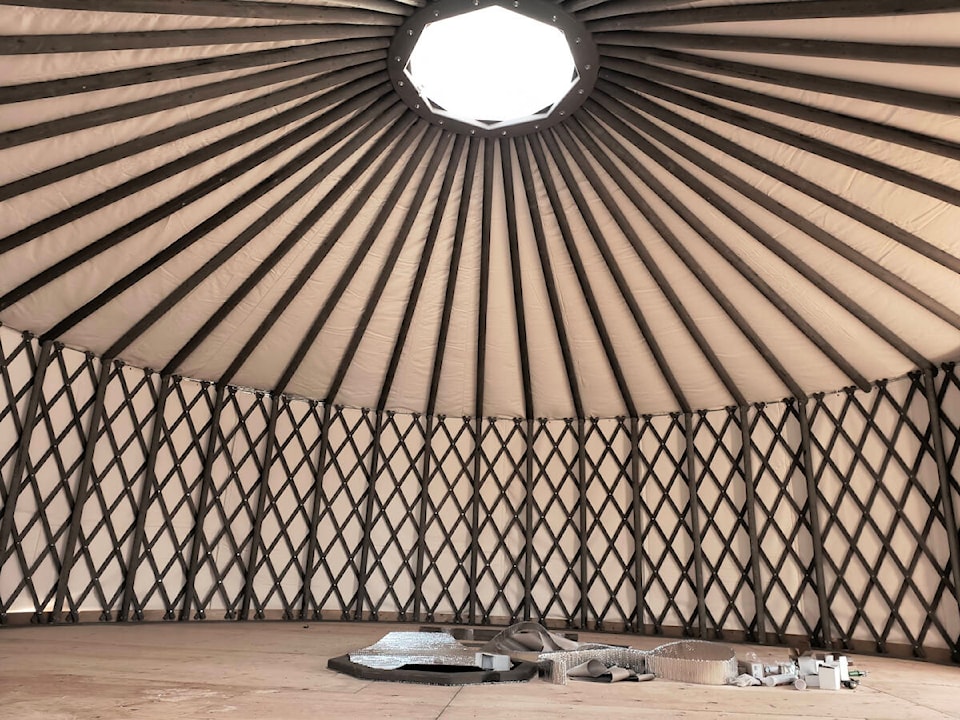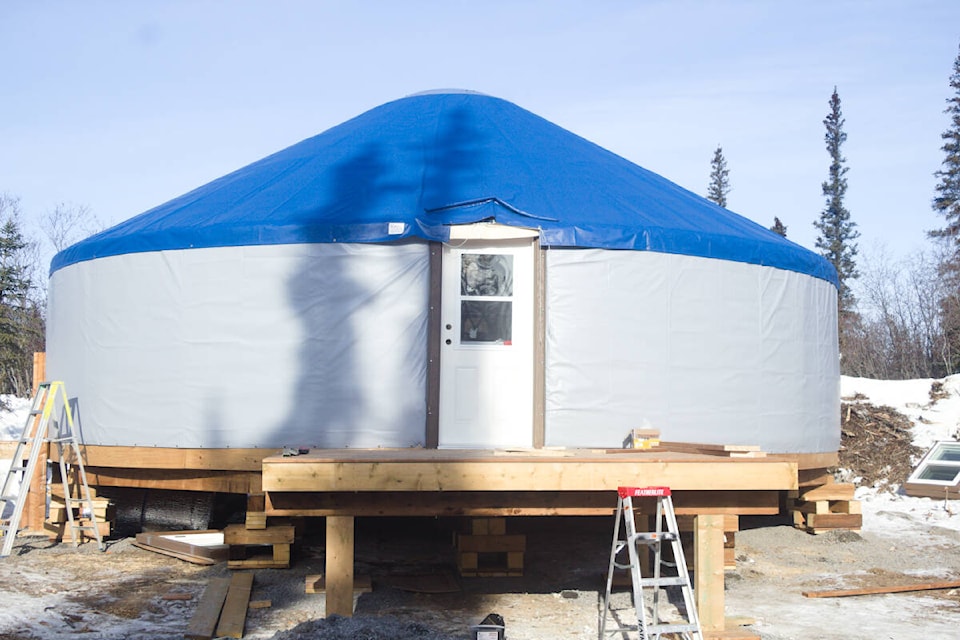A crisp morning greets the young man as he crawls out of his tent.
Making a brief hike to the main hall for breakfast, he reflects on the land and his heritage. He’s been in recovery from addictions and now being at peace in nature is helping him complete his transformation.
This is the underlying vision of the Gwich’in Wellness Camp, a longtime dream of many in the Beaufort Delta region. It’s finally coming to fruition with a $5 million investment from the federal government.
“This is designed to be a multi-purpose facility,” said Gwich’in Tribal Council Grand Chief Ken Kyikavichik during an open house at the camp on April 6. “It’s design and its focus is for the health and wellness of our Gwich’in participants, but also non-Gwich’in from the Beaufort Delta region to come here and be able to make themselves better while also reconnecting themselves to the land.
“It’s about healthy laughter, it’s about stories, it’s about sharing and enjoying one other’s company. That’s what the land does for us — it brings us together as people, whether you’re Gwich’in or not.”
While not a treatment facility in itself, Kyikavichik said the intent of the camp is to give people a place to stay post-treatment, providing them the tools they need to guide their own recovery. The main hall has been fully renovated and has guest rooms for up to 24 people, a commercial kitchen and an open meeting hall. Outside the building, the GTC has purchased a number of yurts for camping and has opened up its lands behind the facility for further camping. In total, the site should be able to host up to 100 people comfortably. Access to the camp — located about a 20-minute drive south of Inuvik — will be open to everyone who needs support.
Much of the renovation work was completed by Gwich’in contractors, many of whom who have moved south for their careers but returned to further the project. Kyikavichik said the GTC was hoping to attract skilled trades back to the region with projects such as the wellness camp.
Even though the primary focus of the camp is wellness and recovery, Kyikavichik said the GTC was also looking into other uses for the location, particularly its kitchen and camp facilities. Ideas being considered include renting the camp for weddings, establishing “glamping” opportunities for tourists and hosting community feasts.
The hall is also a sort of archive, with biographies of Gwich’in Elders, both past and present, on display throughout.
To ensure guests are able to enjoy the area fully, the GTC has invested in snowmobiles, ATVs and an amphibious vehicle that is able to travel through snow, ice, slush, mud and water. The new acquisition will allow year-round access to the camp, particularly during the shoulder months when driving or boating is unsafe and could also be a valuable asset in an emergency situation.
Constructed initially in 2007 and historically known as Rachel Reindeer Camp, the facility had to be shut down in 2014 after escalating operating costs made it unsustainable. But now the GTC has installed a robust solar system that enables the camp to run diesel-free most of the year.
“The number one issue with the cost of this facility is power and heat,” Kyikavichik said. “So they addressed that by getting some solar panels and installed some wood stoves.”
It’s already been tested. The reality TV show ‘Alone’ shot a season at the camp between August and December of last year. A number of camp services staff have already been trained and more training is being planned for this summer. A culinary arts program is underway this month. If all goes according to plan, aftercare programming should be able to begin this fall.
Kyikavichik gave a special shout out to Vern McLeod and Midnight Sun Contracting for maintaining the camp in the years it was not in use.
“During the period this camp was not operational,” said Kyikavichik, “Vern and his crews were out here making sure that this space could be kept in a condition that at some point the Gwich’in Tribal Council could pick it up and get it operational again.”
